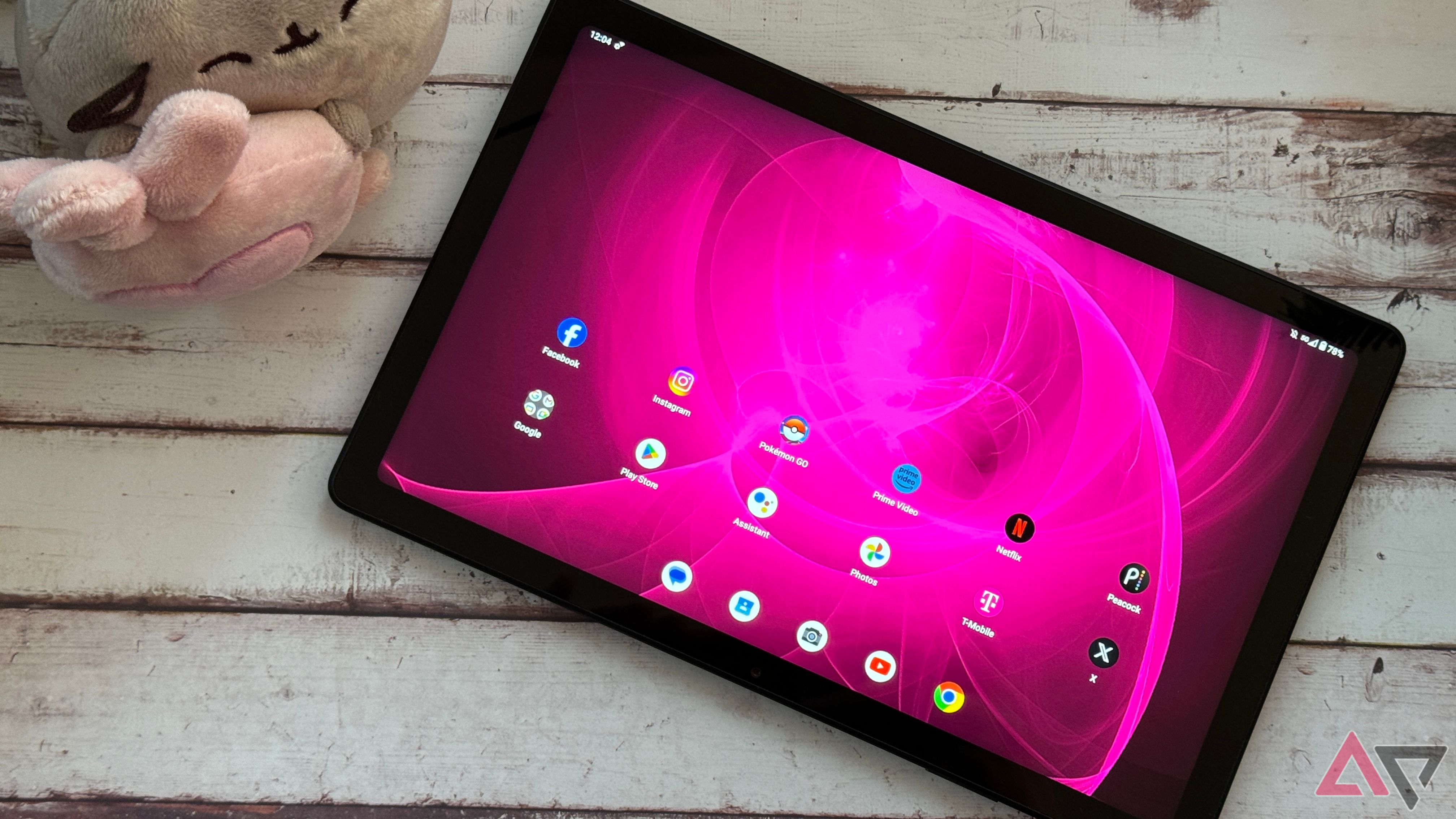It’s safe to say the Android tablet experience has never been better, with manufacturers like Samsung leading the way with high-end slates. Plus, there’s an ever-increasing developer focus on optimizing apps for tablets‘ hardware and form factors. In fact, until recent years, finding a truly satisfying non-smartphone Android device — without breaking the bank — proved downright difficult. Thankfully, we’re now seeing an arms race of midrange tablets great at introducing new users to the Android tablet space.
Of course, there are still plenty of duds, and some affordable models from just a couple of years ago are borderline obsolete already. Luckily, the list of worthwhile, affordable options is only increasing and includes some usual suspects as well as some newcomers that tech fans stateside don’t hear much hype about. We’ve tested a great deal of these hands-on with real-world workloads and are happy to share that reports of the cheap Android tablet’s death are, in fact, greatly exaggerated.
Top budget Android tablets right now
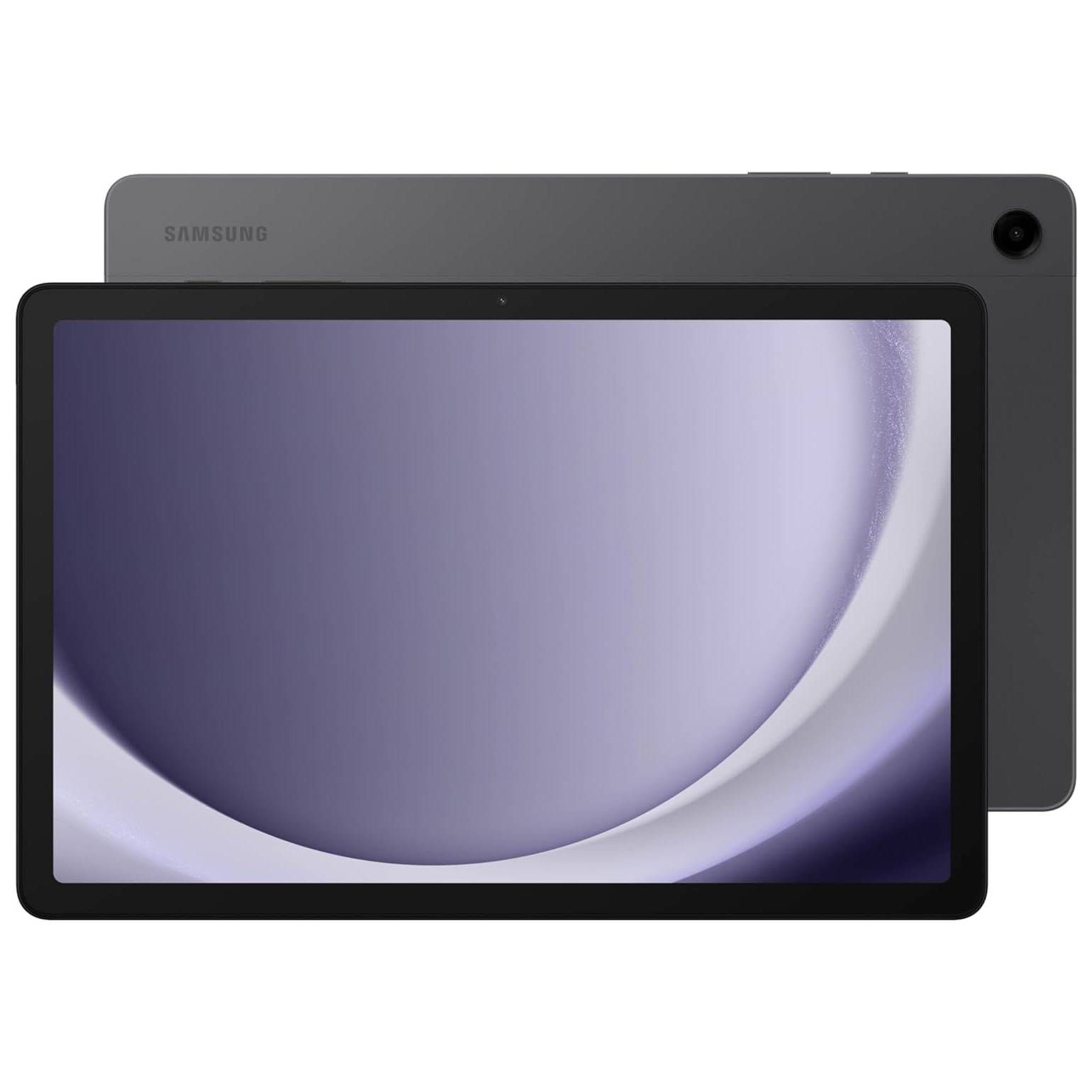
Samsung Galaxy Tab A9+
Samsung releases yet another winner
The Galaxy Tab S Series gets most of the attention, but the Tab A9+ solidifies the company’s place in the budget-friendly tablet space. Not only does it perform admirably for something so cheap, but it also delivers the much-talked-about Android experience no other tablet manufacturer can mimic. There’s even a 5G-enabled model.
- Doesn’t feel cheap
- Great performance and speakers
- 5G model available
- No IP rating or S Pen support
- Battery life could be better
Months after its release in other markets worldwide, the Galaxy Tab A9+ finally hit US shelves in January 2024. A far cry from the company’s world-beating S-series flagship tablets, the Galaxy Tab A9+ still provides a characteristic Samsung experience, including a better-than-expected fit and finish, pretty good performance, and a streamlined, user-friendly software setup. Priced just over $200, it’s an excellent deal that, unsurprisingly, marks one of today’s best entry-level tablets.
Samsung’s affordable 11-inch offering improves upon the Tab A8 in every way, with a Snapdragon 695 system-on-a-chip, and up to 8GB of RAM and 128GB of storage. The great performance even allowed Samsung to make it the first A-series tablet with Samsung Dex support.
There’s also an optional 5G-enabled model, although that one costs a little more and only comes in the 4GB/64GB variant. That does negate the future-proofing of the more powerful hardware somewhat, but no other 5G tablet offers this kind of carrier support, software implementation, or performance, even with just 4GB of RAM.
As much as anything, a class-leading four-year Android update promise indicates that the A9+ is one of today’s best cheap slates. Its hardware should hold up fine through that period, and Samsung’s OneUI is well known to be one of the most intuitive and tablet-friendly on the market. If you want iPad-level longevity on an Android device and at a lower cost, you can’t go wrong with the Tab A9+.
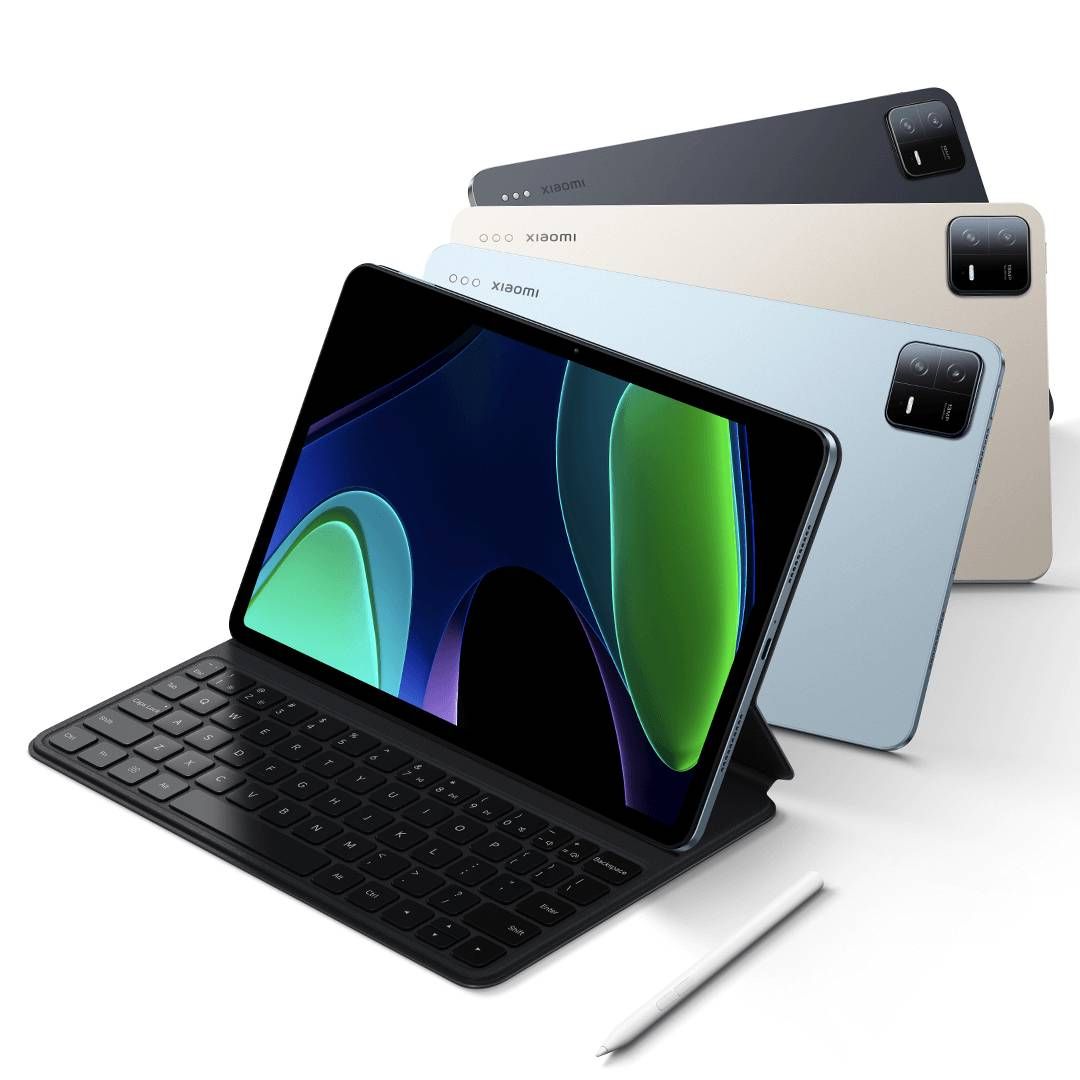
Xiaomi Pad 6
A high-end option for a midrange price
The Xiaomi Pad 6 boasts more powerful hardware than a $350 tablet has any right to. Its bright, high-resolution display supports Dolby Vision, its Snapdragon 870 chipset won’t disappoint, and its high-speed internal storage means it’ll perform like a high-end tablet for years to come.
- Up to 256GB of UFS 3.1 storage
- 144Hz display with a wide color gamut
- A mere 6.5 millimeters thick
- Not available with cellular connectivity
- No microSD slot or headphone jack
If you’re willing to part with a little more cash, you can’t do better than the Xiaomi Pad 6, the significantly updated successor to the Xiaomi Pad 5. Inside and out, this razor-thin tablet performs great, thanks to a Snapdragon 870 SoC and 1800 × 2880 display capable of effective HDR output and a refresh rate of up to 144 hertz. We’re also pleased to report that its internal memory uses UFS 3.1 technology, which is leaps and bounds ahead of the eMMC flash memory embedded in Xiaomi’s less expensive Redmi Pad SE.
Most of the Xiaomi Pad 6’s specs actually scream high-end. Its four Dolby Atmos-certified speakers sound excellent, it runs games at reasonably high frame rates, the 6.5-millimeter thickness is as sleek as it gets, and the display beats everything else in this price category. There are even mated keyboard covers and styluses available to fully flesh out the tablet experience. Unfortunately, we did notice the glaring lack of a microSD card slot and a 3.5-millimeter audio jack, and come to think of it, that’s in line with other high-end tablets, too.
Curiously, you can sometimes find the 128GB/8GB version at a lower cost than the 128GB/4GB one. Naturally, we recommend going for that one. And while ~$350 is a significant step more costly than most other cheap Android tablets, this one might leave you wondering why anybody would spend any more on a fancy Tab S Series.
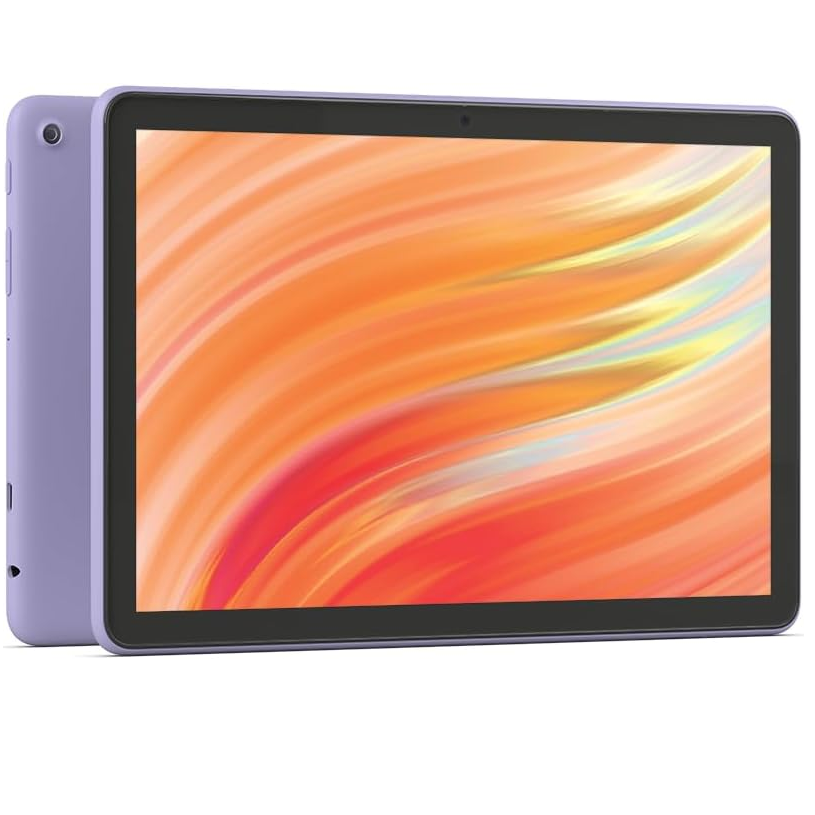
Amazon Fire HD 10 (2023)
Great for fans of the Amazon ecosystem
If you’re already invested in Amazon’s constantly expanding network of content and services, the 2023 Fire HD 10 is the best way to take advantage of it. It won’t win any awards for performance or display quality, but it’s perfect for watching shows and movies, or keeping up with friends, family, and social media.
- Cheap for the size
- Improved video calls
- One of the most durable
- Limited Amazon Fire OS
- Will receive no major Android updates
Amazon’s 2023 10-inch tablet doesn’t break any new ground, but it comes with a much-needed FireOS update now based on Android 11. It isn’t the most versatile operating system, but natively supports a decent amount of apps, and sideloading the Google Play Store adds a considerable amount of utility at a relatively low difficulty.
It’s obviously no powerhouse when it comes to processing power, but the streamlined, low-overhead platform leads to a smoother experience than almost anything else this affordable. Add in the respectable resolution, brightness, and battery life, and you end up with a worthwhile tablet great for browsing, streaming music and movies, and keeping up with social media. Obviously, keep your expectations in line — it won’t stand up to any kind of intensive multitasking or demanding games — but it’s durable, reliable, and easy to use.
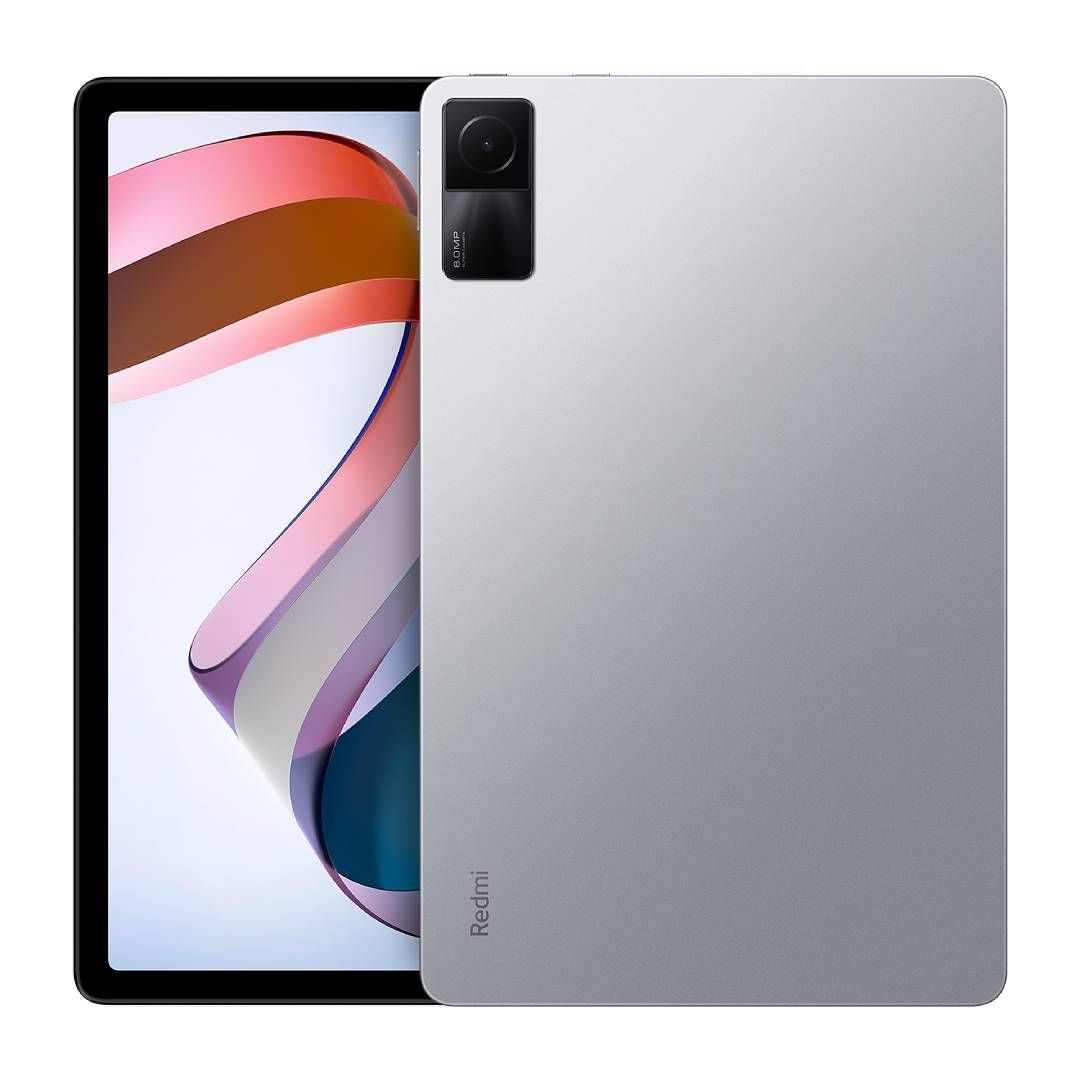
Xiaomi Redmi Pad SE
Seriously impressive specs for the price
Despite its limited US launch, the Xiaomi Redmi Pad SE packs an incredible hardware punch at a wallet-friendly price. Driven by a reasonably capable SoC and up to 8GB of RAM, it performs better than its closest competitors and sports a smooth, good-looking display.
- Up to 8GB of RAM
- High peak brightness and contrast
- Headphone jack included
- Subpar eMMC internal storage
- Slow 10W charging
For under $250, the Redmi Pad SE boasts a level of performance few others can compete with. The Snapdragon 680 tackles most people’s tablet use cases with ease, and 128GB and up to 8GB of RAM don’t hurt, either. Interestingly, the higher-spec models often even come at similar — and in some cases lower — prices.
It doesn’t just run well, it looks great, too. The overall fit and finish exceed most other tablets in this price range, and the 90Hz display sports a measured peak brightness and contrast around 460 nits and 1600:1, respectively. It also reproduced colors more accurately than most competitors.
It’s a well-rounded device, with excellent battery life and an Android skin that, while not quite stock, is relatively light and doesn’t have much of a learning curve. Speaking of software, Xiaomi promises two years of Android versions (culminating in Android 15) and three years of security updates, which is as good as or better than all non-Samsung alternatives.
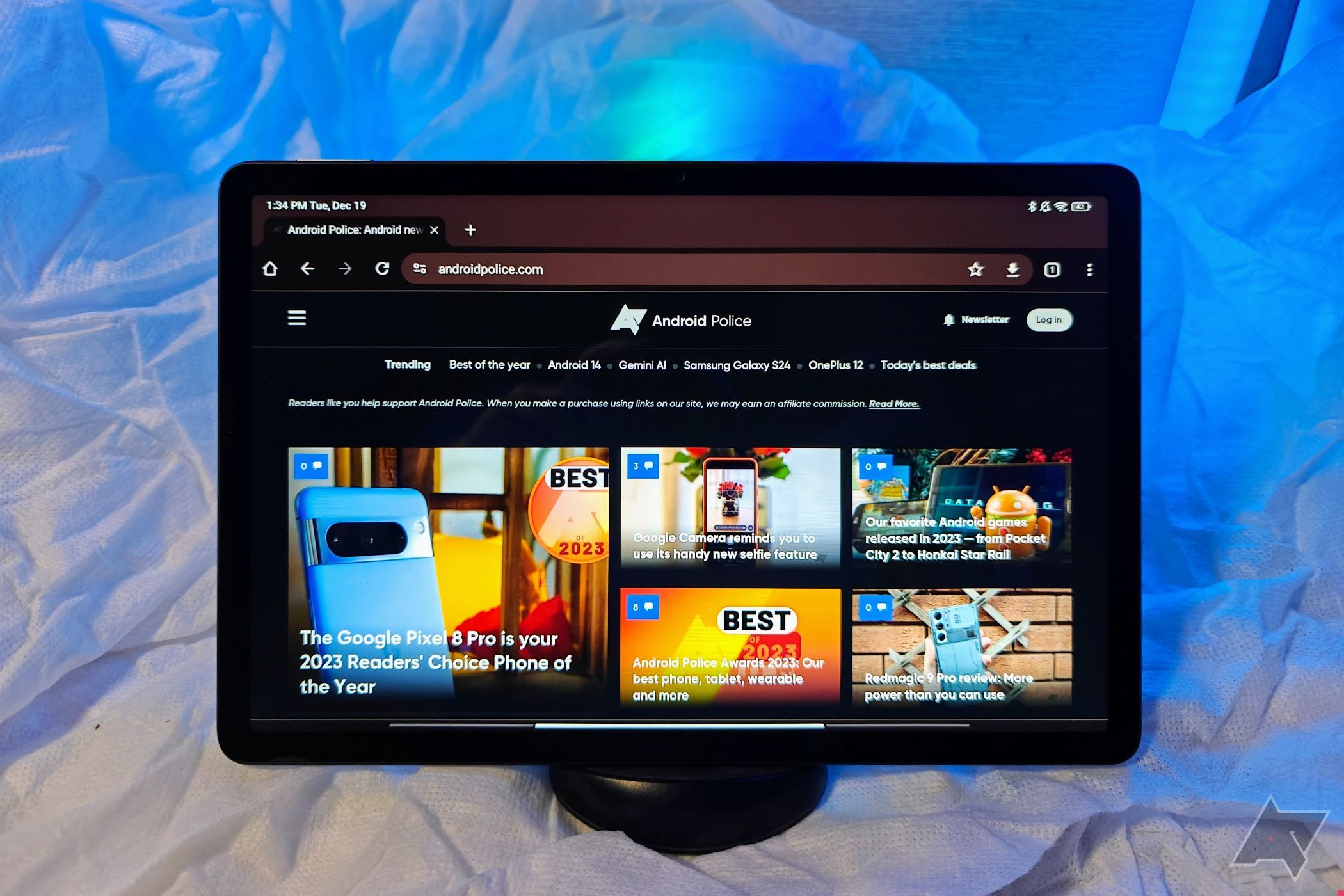
Xiaomi Redmi Pad SE tablet review: Budget champion
Finally, an Android tablet under $250 that dismantles expectations
The speakers sound a little weak, there’s no fingerprint reader, and it charges slowly, but those few drawbacks don’t leave much of a negative mark. All told, the Redmi Pad SE remains a solid contender for best budget tablet, only barely edged out by the Galaxy A9+.
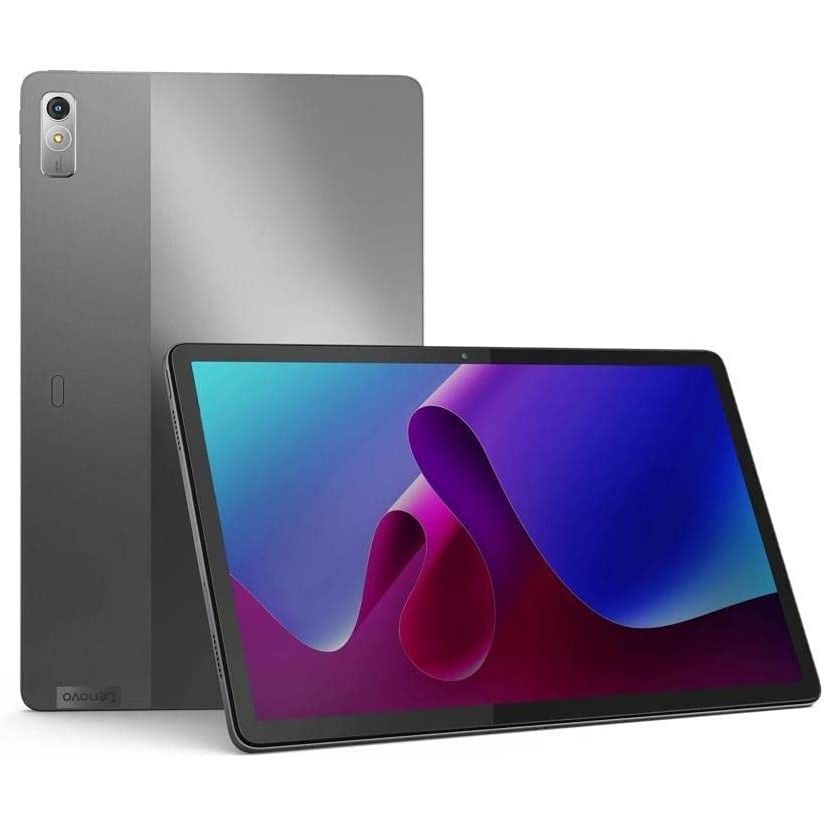
Lenovo Tab P11 Pro Gen 2
A premium display that’s hard to argue with
While it barely fits into the budget-friendly category, the Lenovo Tab P11 Pro Gen 2 is worth mentioning due to its best-in-class OLED display, impressive color coverage, and HDR10+ support. And the performance isn’t anything to sneeze at, either.
- Refresh rate up to 120Hz
- Great Dolby Atmos-enabled speakers
- Optional mated keyboard and stylus
- Relatively costly
- Subpar front camera
The star of the show here is the Tab P11 Pro’s bold OLED screen, a serious rarity for machines in its price range. Its wide DCI-P3 color coverage, practically infinite contrast ratio, above-average brightness, and impeccable motion handling make it the best midrange option for getting the most out of your favorite video content. Bluetooth 5.1, Wi-Fi 6, and a microSD card slot round out this useful media-viewing package, which also supports Lenovo’s high-quality precision Pen 3 and a ThinkPad-inspired keyboard that feels better to type on than most tablet keyboards.

Lenovo Tab P11 Pro Gen 2 review: A tablet worthy of your next bingewatch
Your eyes will thank you after your next 8-hour marathon
The only significant drawback to the P11 Pro 2 is the cost. Its $430 list price hardly qualifies as cheap. But that’s not unexpected when display quality rivals that of vaunted tablets like the iPad. And at least you won’t have to make any decisions when purchasing, as there’s only a single SKU to choose from, with 128GB of storage and 6GB of RAM.
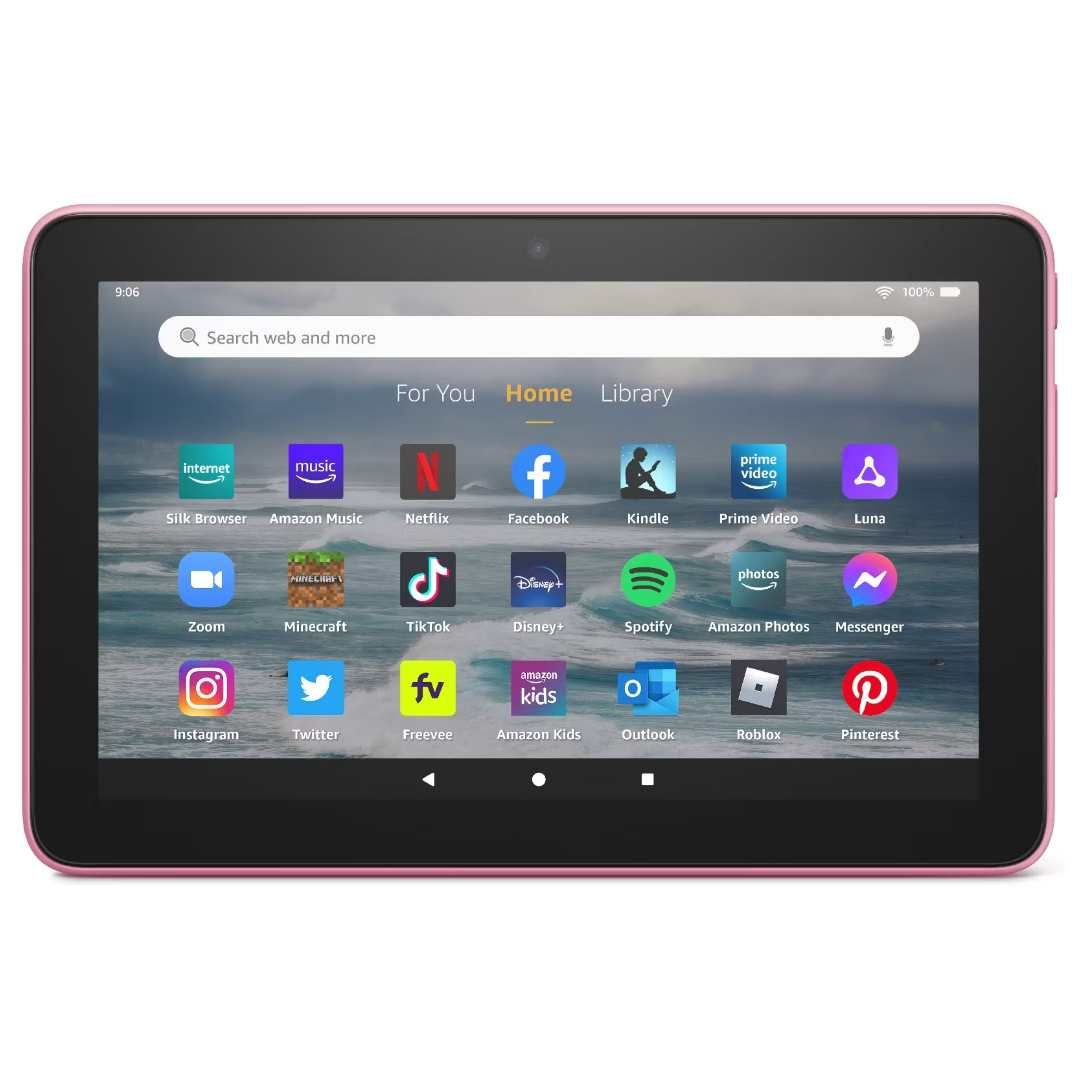
Amazon Fire 7 (2022)
For basic entertainment and social media needs
The most basic of basic tablets, the 2022 Amazon Fire 7, is what you get when you need a screen that works, a battery that lasts, and a device that doesn’t cost much and can withstand a few bumps and bruises. It’s cheap, and it works, but it’s not for everyone.
- Incredibly small
- As cheap as a tablet gets
- Plays video and low-intensity games
- Extremely limited app selection
- Locked-down operating system
- Generally mediocre performance
The Amazon Fire 7 isn’t particularly impressive, nor is it extremely versatile. But it’s reliable and can stream video or play back a recorded collection. It won’t win any head-to-head performance or display battles, but its compact size, diminutive price, and inclusion of a headphone jack and microSD card slot make it effective for portable media consumption and basic web browsing. And, partly because it’s so small, you won’t have to worry much about damage from casual use. This makes it a fantastic choice for keeping kids occupied in the back seat during long trips.
Also, keep in mind that while its Fire OS technically runs on Android, it’s the most locked-down implementation on the market. That’s not necessarily a deal-breaker since it includes popular games like Minecraft and Roblox. There’s also the ever-expanding host of original Amazon content, plus the (actually quite decent) selection offered by Amazon Music. You can also make it feel a lot more like true Android, including with the Google Play Store, using some tips found in our Fire tablet guides.
.jpg)
Amazon Fire 7 (2022) review: Budget, indeed
Your smartphone probably beats this budget tablet’s sluggish performance, but not its price
All told, the Amazon Fire 7 is meant for entertainment on the go and not a lot else. So, while it’s not the most functional, it very much lives up to its paltry $60 price tag if all you’re looking for is an internet-connected display with access to basic streaming, browsing, and social media apps.
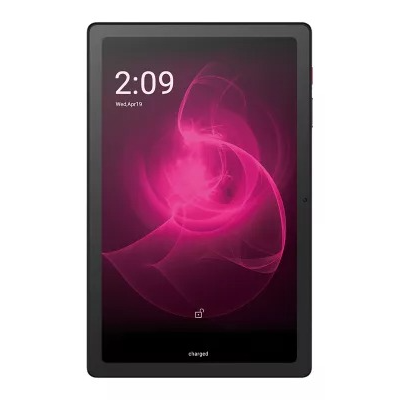
T-Mobile Revvl Tab 5G
Awesome value when its free
The T-Mobile Revvl Tab 5G is a decent buy at its full retail price, but this tablet often goes on sale when adding a new line of service. If you are looking for a basic but good tablet and want it to have cell service, then the Revvl Tab 5G is a great buy, especially if you can get it for free.
- Good display
- Decent build quality
- Great battery life
- Slow charging
- Don’t expect many updates
When shopping for a tablet, a T-Mobile branded device is likely not near the top of your list, but the Revvl Tab 5G is a great alternative when the conditions are right. At $200, this tablet is priced right but doesn’t do enough to stand out from the other great tablets on this list.
Where the Revvl Tab 5G truly excels is with its value proposition. T-Mobile frequently runs promotions for this tablet, effectively giving it away with a new line of service. If you are already in the market for a tablet and need it to have cell service, then the Revvl Tab 5G is an awesome buy.
The Revvl Tab 5G is equipped with a Dimensity 700 processor, 6GB of RAM, 128GB of storage, and a 10.36-inch 2000 x 1200 LCD panel. This tablet isn’t going to win any performance awards, but it is more than adequate to take on the daily basics. The display is also pleasing to look at thanks to its overall resolution, but it isn’t very color accurate. Even still, it’s more than enough to stream your favorite shows or browse the web.
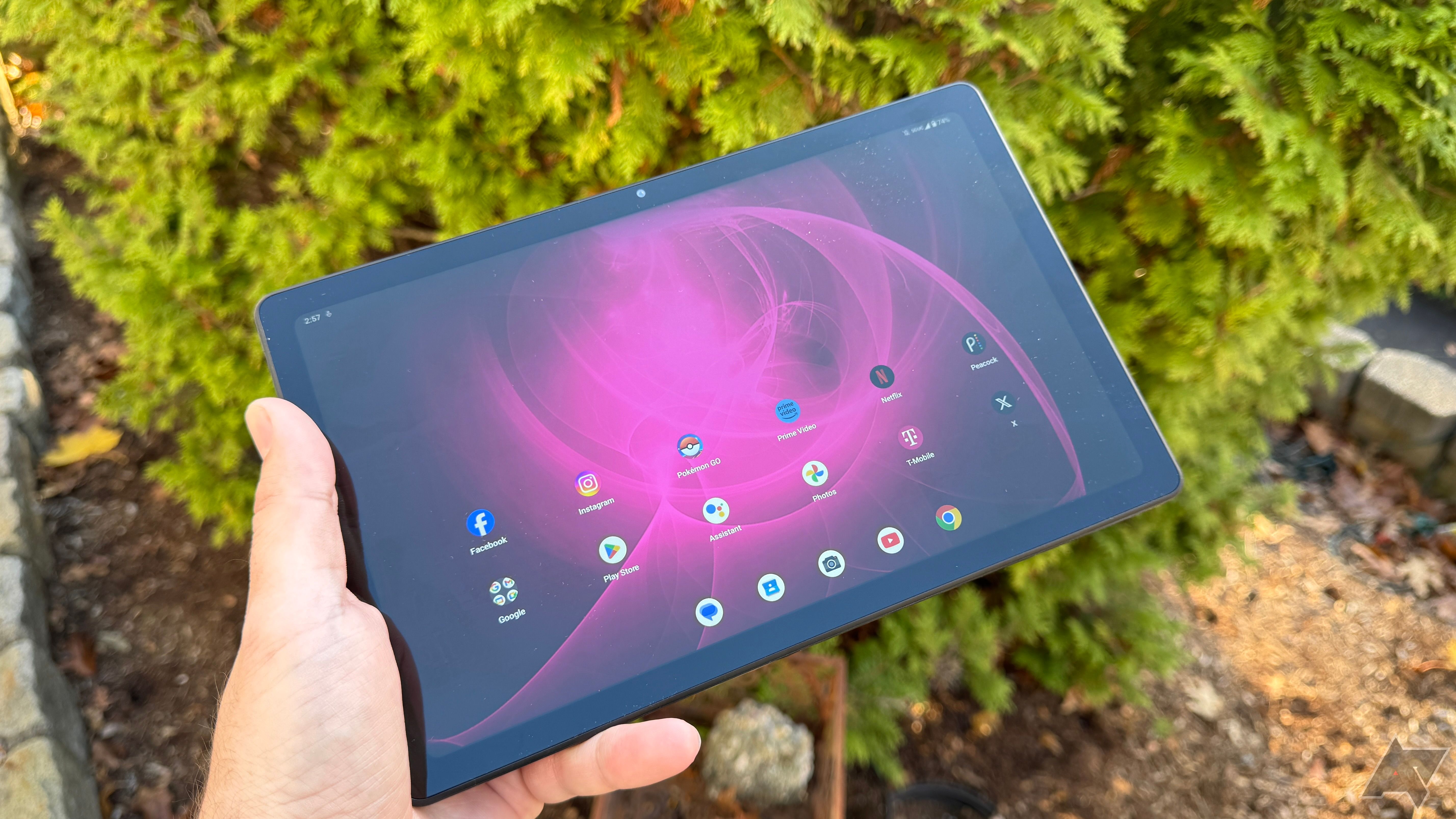
T-Mobile Revvl Tab 5G review: Free doesn’t always mean bad
It’s not a showstopper, but the Revvl Tab gets the job done
You also won’t have to worry about it dying on you very often. The 7,040mAh battery will get you over 10 hours of use per charge, which is great because its 15W charger means it takes hours to charge. The Revvl Tab 5G runs a near-stock version of Android 13, but don’t expect it to get many updates throughout its life.
The Revvl Tab 5G connects to T-Mobiles Ultra Capacity 5G network to bring you network connectivity wherever you can get a signal. This is particularly great for people who operate in the field, or for all you road warriors out there.
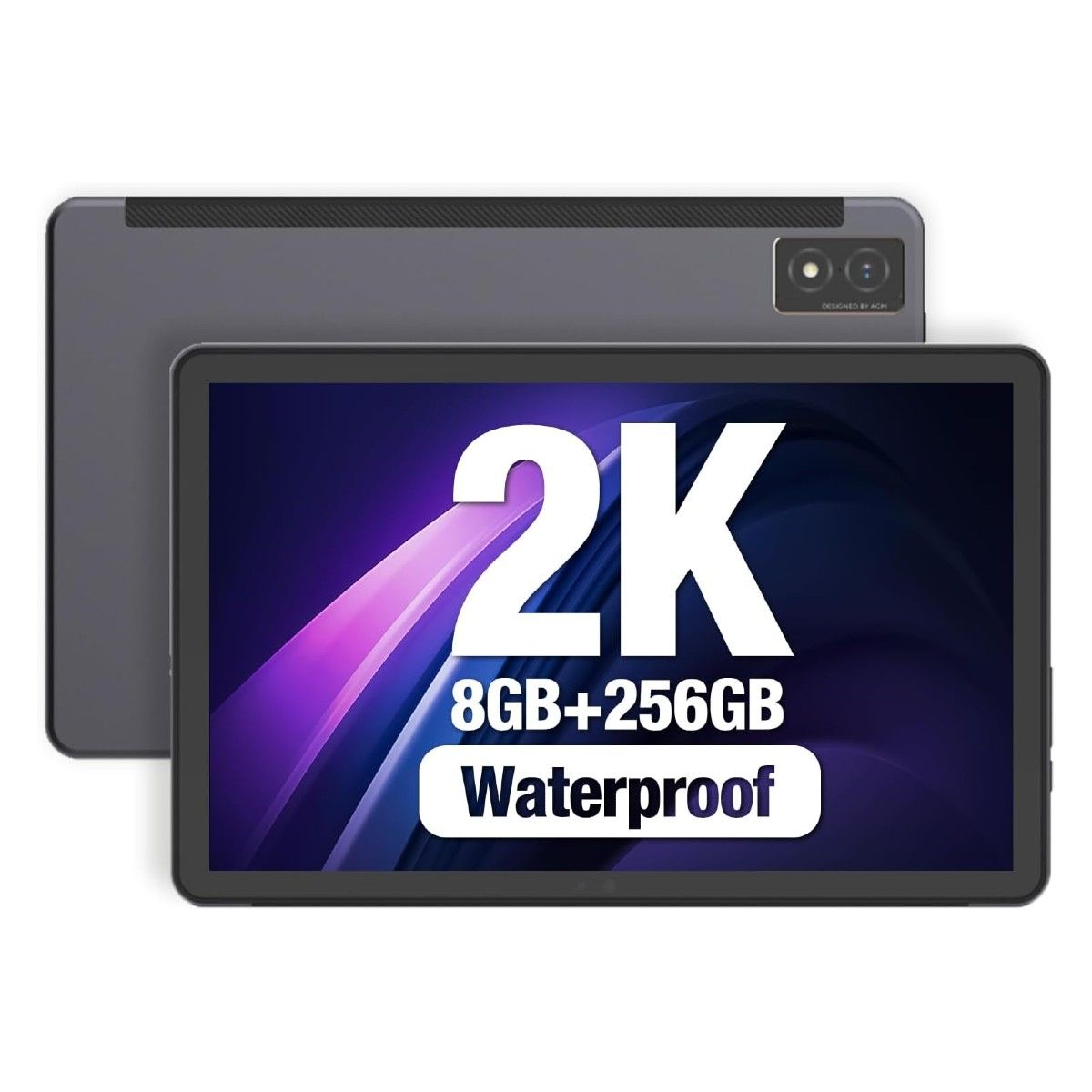
AGM Pad P1
Not afraid of water or sand
While those seeking a cheap tablet will likely use it indoors, the AGM Pad P1 is for those who spend more time out and about. This rugged tablet has both IP68 and IP69K ratings, which means it will survive a day at the beach or a fall in the pool and even high-temperature, high-pressure water. The tablet also packs enough RAM and storage for apps and files and a battery that can provide a full day of use.
- Sturdy build
- IP68 and IP69K waterproof and dustproof rating
- Ample storage
- Average speakers
- No Widevine L1 support
AGM may be a lesser-known brand in this part of the world, but the company has built a small reputation for its stylish but rugged smartphones. Now it’s branched out to tablets, with the Pad P1 as its first model. Like its phones, the AGM P1 Pad is a rugged tablet despite not mimicking other rugged tablets such as the Galaxy Tab Active 4 Pro.
With an easy-to-swallow price tag, the AGM Pad P1 offers a lot of value for a budget tablet. It boasts the well-known IP68 rating in addition to IP69K certification, which means it can withstand high-pressure jets as well as immersion in water. Plus, the included case adds a great deal of resistance to physical shock. Its MediaTek G99 SoC delivers decent performance, backed up by 8GB of RAM and 256GB of storage.
AGM’s tablet isn’t all sunshine and rainbows. Its cameras are average, it comes with a slow charger in the box, and its lack of Widevine L1 support means you can’t stream your favorite shows at a high resolution despite the 2K display. And while the SoC technically supports 4G LTE connectivity, only the international model actually equips it, and it likely won’t work in the US.
Which cheap Android tablets are really worth it?
Somewhat unsurprisingly, Samsung’s Galaxy Tab A9+ moved into the top spot shortly after its US release. It has plenty of screen space, more than passable performance, and an interface that can’t be beat. When you take into account the four years of promised Android updates, it’s hard to argue that anything at this price beats it.
A general lack of hype due to their limited releases leaves both the Xiaomi Redmi Pad SE and Xiaomi Pad 6 under somewhat of a shadow in the US, but they really shouldn’t be. They’re both at or near the top of their price classes at the moment, with only the newly released Galaxy Tab A9+ rivaling the Xiaomi Pad SE overall. The SE only lost its claim as the best overall due to the faster processor and better software (and update lifespan) of the Samsung.
After an unfortunately poor hands-on experience with a bargain-basement Lenovo tablet, we ousted the remaining low-end Lenovos from our recommendations. In contrast, the Amazon Fire HD 10 delivers an excecllent experience, and supports sideloading the Google Play Store for added versatility. It’s taken our Best Value pick, just don’t expect premium performance.

Samsung Galaxy Tab A9+
The 11-inch A9+ offers all the performance most tablet users need, while running on Samsung’s vaunted OneUI and promising four years of full Android updates. Considering its performance, usability, and premium build quality, nothing tops it in this price range.





